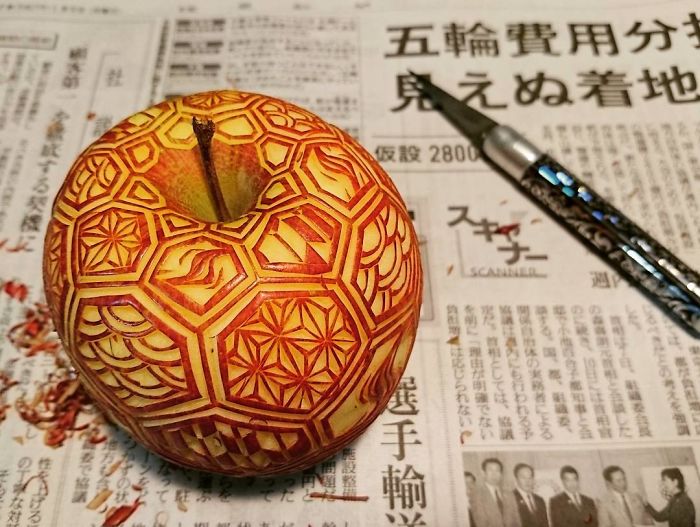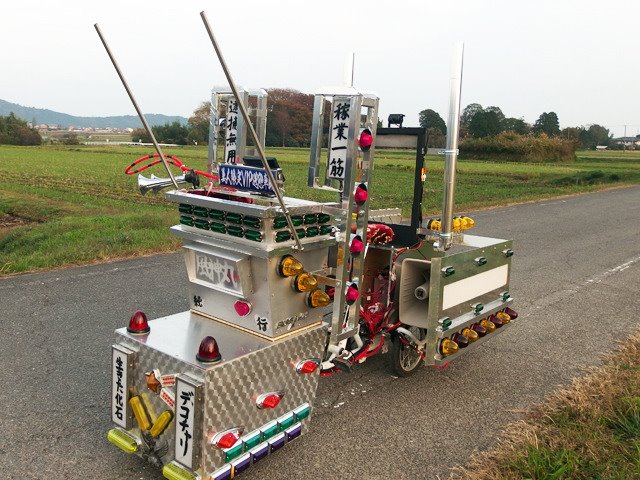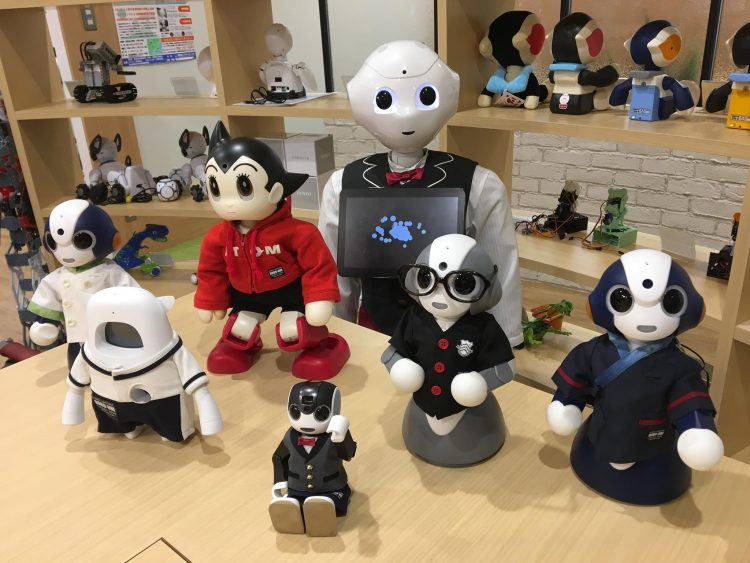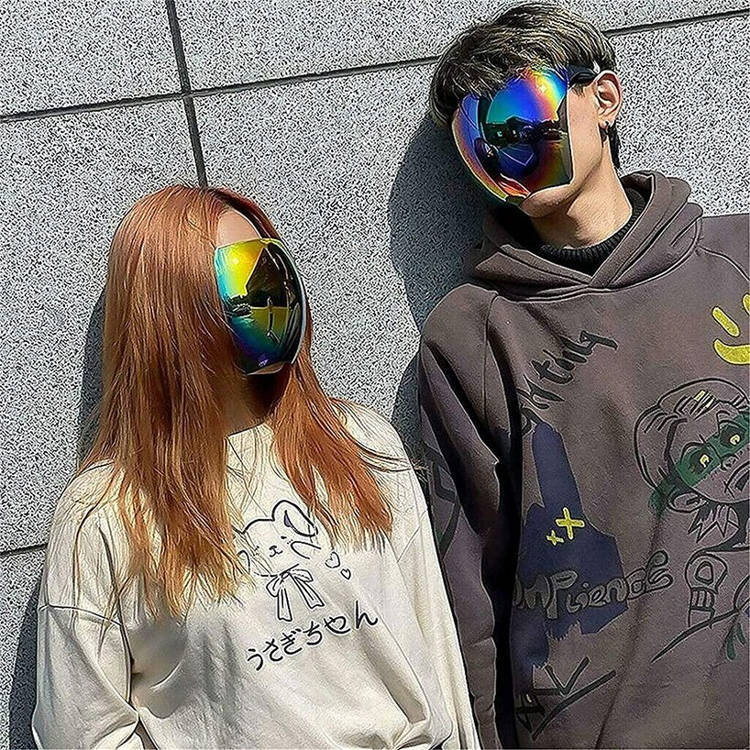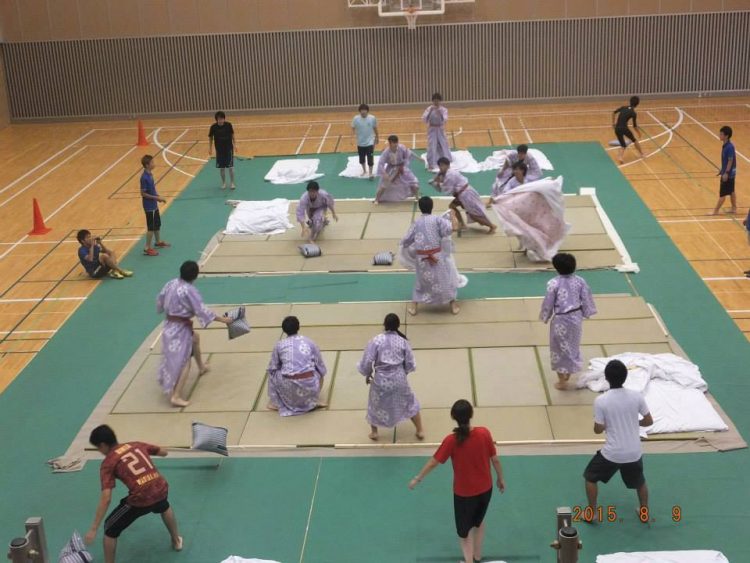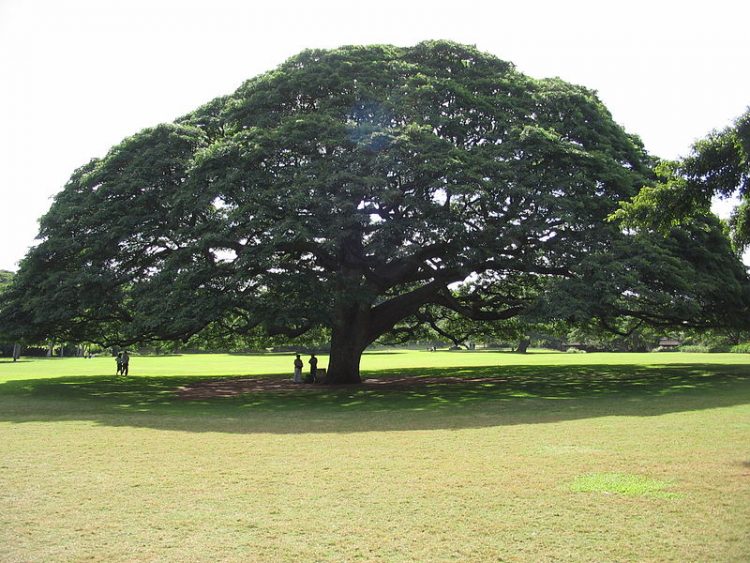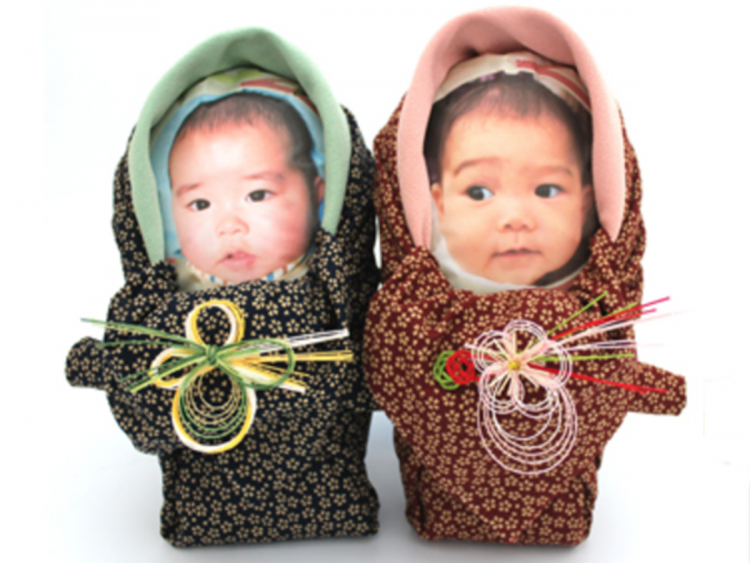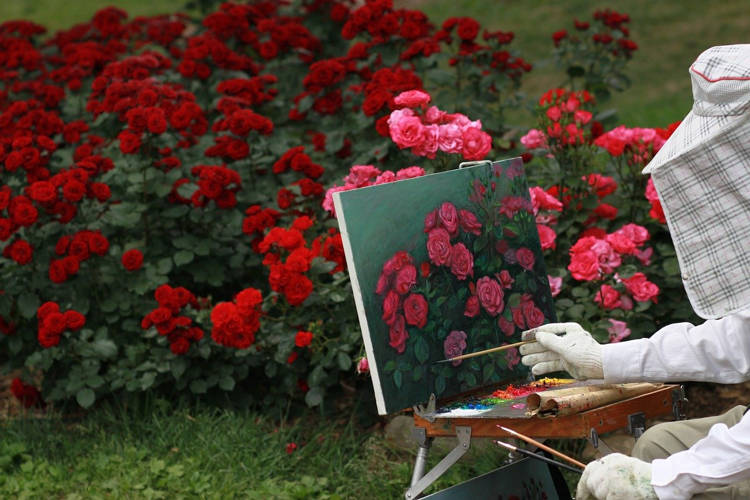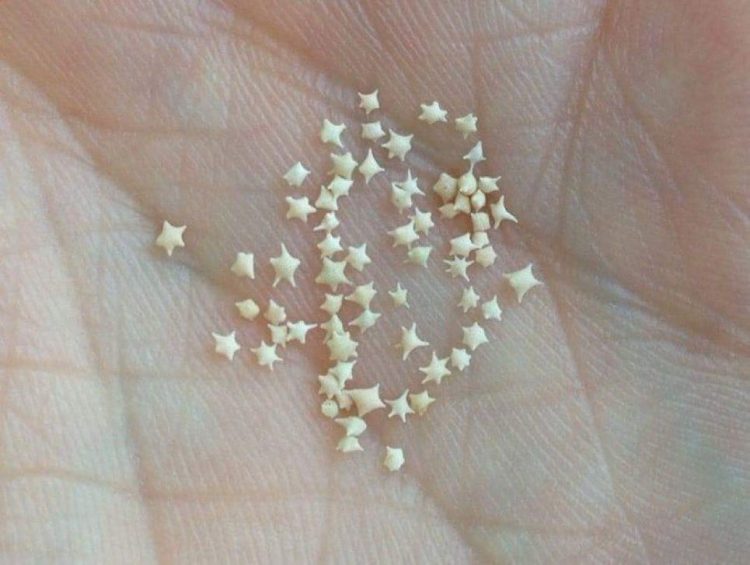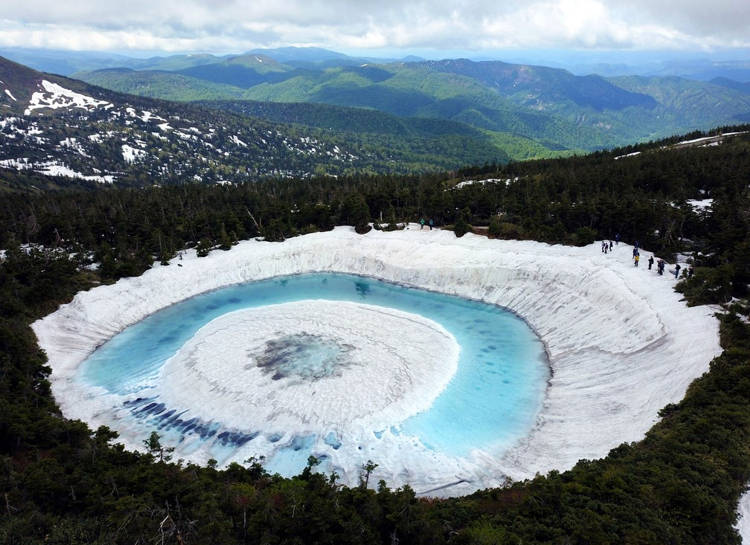Armed with an Xacto knife and mountains of patience, Japanese artist Gaku turns all kinds of fruits and vegetables into ephemeral works of art.
Inspired by the Japanese traditional food carving art mukimono, Gaku takes fruits or vegetables from the grocery store and carves them into a variety of intriguing patterns, from geometrical designs to traditional motifs and symbols, and even animal models. But apart from the skill and patience required to create these stunning food carvings, the most impressive thing about Gaku is his speed, as many times the artistic process is a race against time to make sure that oxidation doesn’t ruin his artwork. Weh working on apples or other produce that tends to oxidize quickly, he has to finish his designs in just a few minutes and still have time to photograph them.

